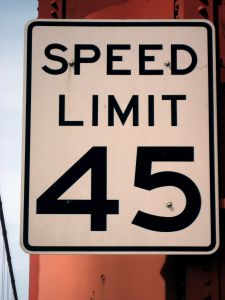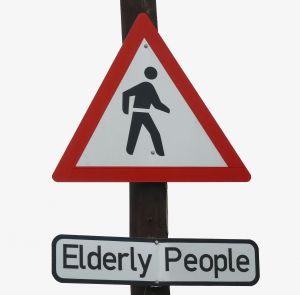Summer is a great time of year for a lot of reasons, but there are some drawbacks to the summer months that go beyond just coping with heat waves. One of the biggest downsides to summertime is that your car accident risk increases significantly during the period from Memorial Day to Labor Day. In particular, July Fourth is the deadliest day on the roads in the U.S. and August is the deadliest month. 
Our Boston car accident lawyers know that more Americans die in car wrecks during the month of August than at any other time over the course of the year. Weekends are especially risky times over the course of this month, but the odds of a fatal crash are increased throughout August because there are more people driving during this month than at many other times of the year.
Understanding Your August Car Accident Risk
According to MSN Money, the dangers of driving in August are not a newfound problem. In fact, NHTSA crash records dating back as far as 1994 indicate that the fatality rate rises of the course of the month. In 2008 alone, there were 2,864 car accident deaths in August and the reported average fatality rate during August was 1.09 per 100 million miles traveled as compared with .94 in March, the safest month.
Other dangerous months such as September, the second-deadliest month, and July, the third deadliest month, have slightly fewer deaths than occur during August. In September, for example, the death rate was 1.08 per 100 million miles traveled and in July, the fatality rate falls to 1.04 per 10 million miles.
August is especially dangerous because seven of the 25 deadliest days for car accidents occur in August. Safe Motorist has indicated that some of the historically riskiest days for August driving included August 3, August 4 and August 6th. Both the 13th and 14th of August have also been called out as days when the number of crashes significantly increases and MSN Money warns that the weekends are typically worse for driver safety because people tend to be out more, run more errands and potentially drive home while intoxicated more often over the weekend.
With so many accidents occurring in August, this month accounts for around 10 percent of all of the car accident deaths that occur over the course of the year.
Protecting Yourself from Traffic Accidents in August
Knowing of the increased accident risk is important to protect yourself as you drive this August. It is important that you obey all safety rules of the road and that you buckle up when driving both to avoid causing a crash yourself and to ensure that you have the best chance of surviving an accident if one does occur.
You should also be on the lookout for dangerous drivers and avoid traveling at high risk times when possible. Weekend nights may be especially dangerous times, with the NHTSA identifying the deadliest hours for car accidents at between 6:00 and 8:59 p.m. Being aware of the risks and knowing that the chances of an accident are increased can allow you to drive assertively and to be proactive in protecting yourself from the dangers of a deadly wreck.
Continue reading
 Boston Car Accident Lawyer Blog
Boston Car Accident Lawyer Blog












